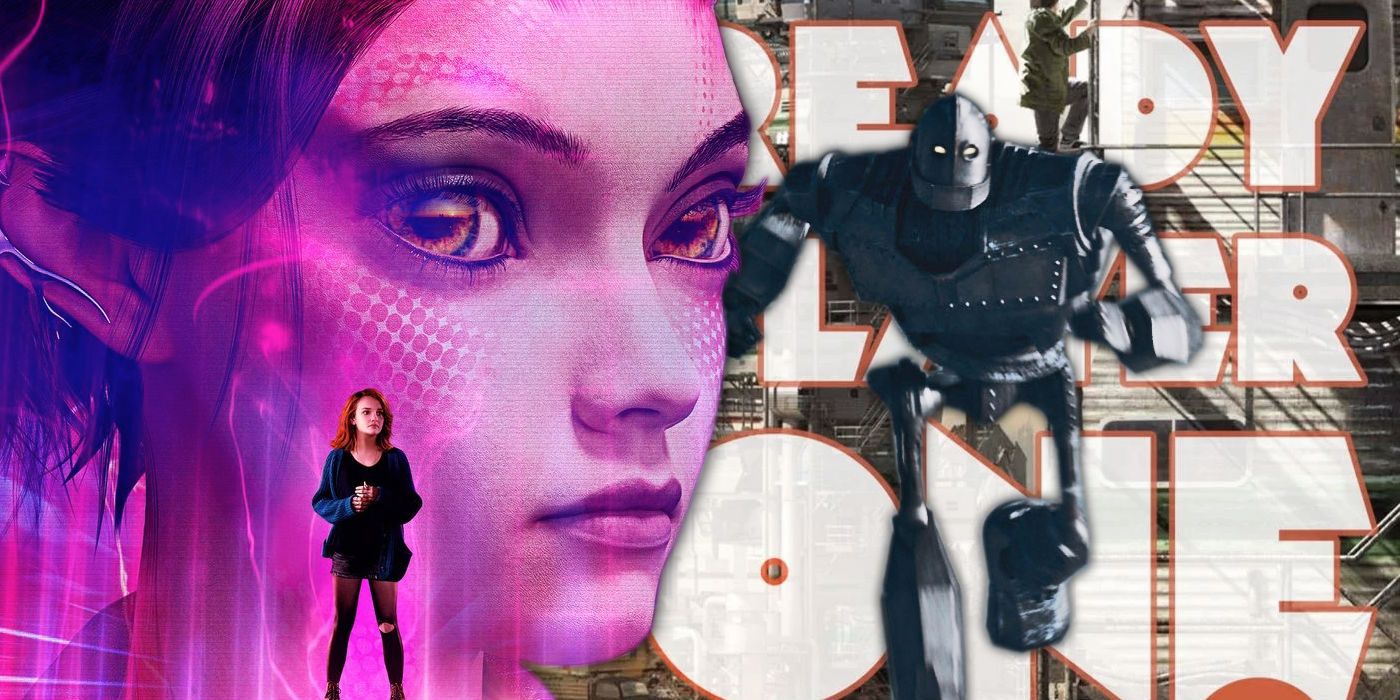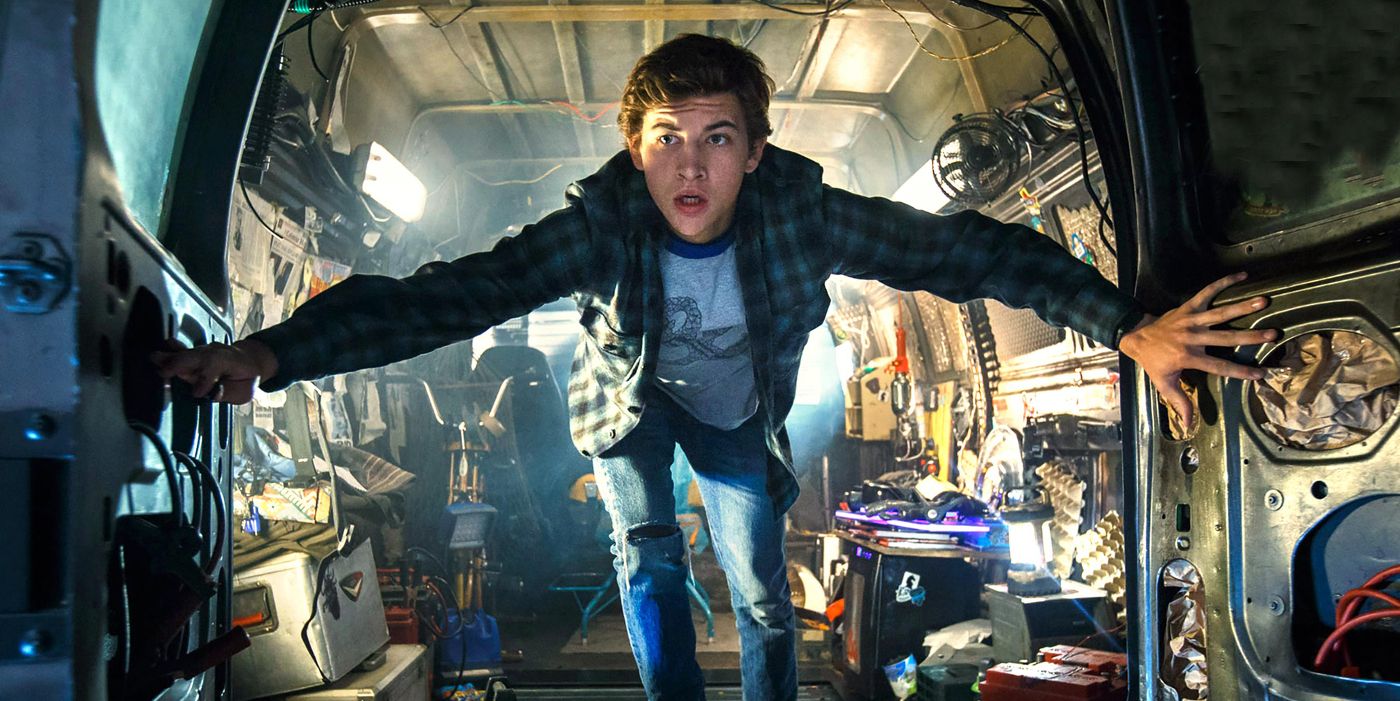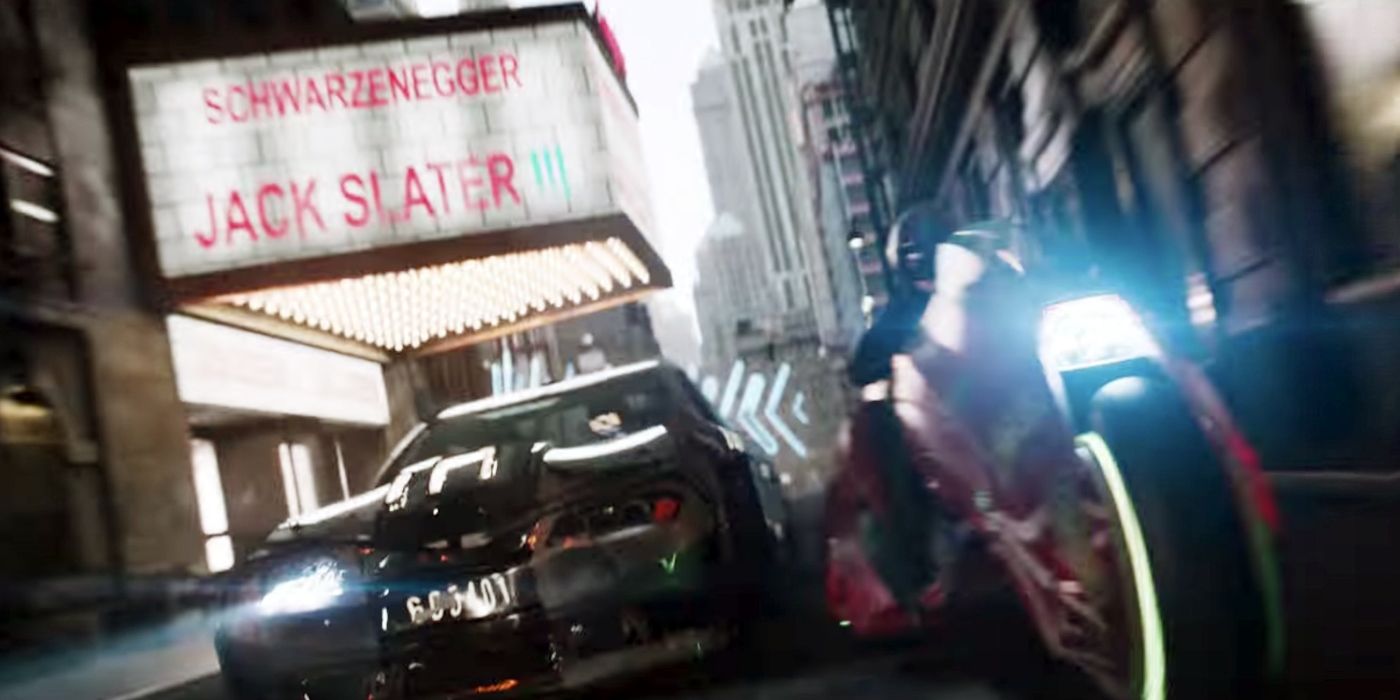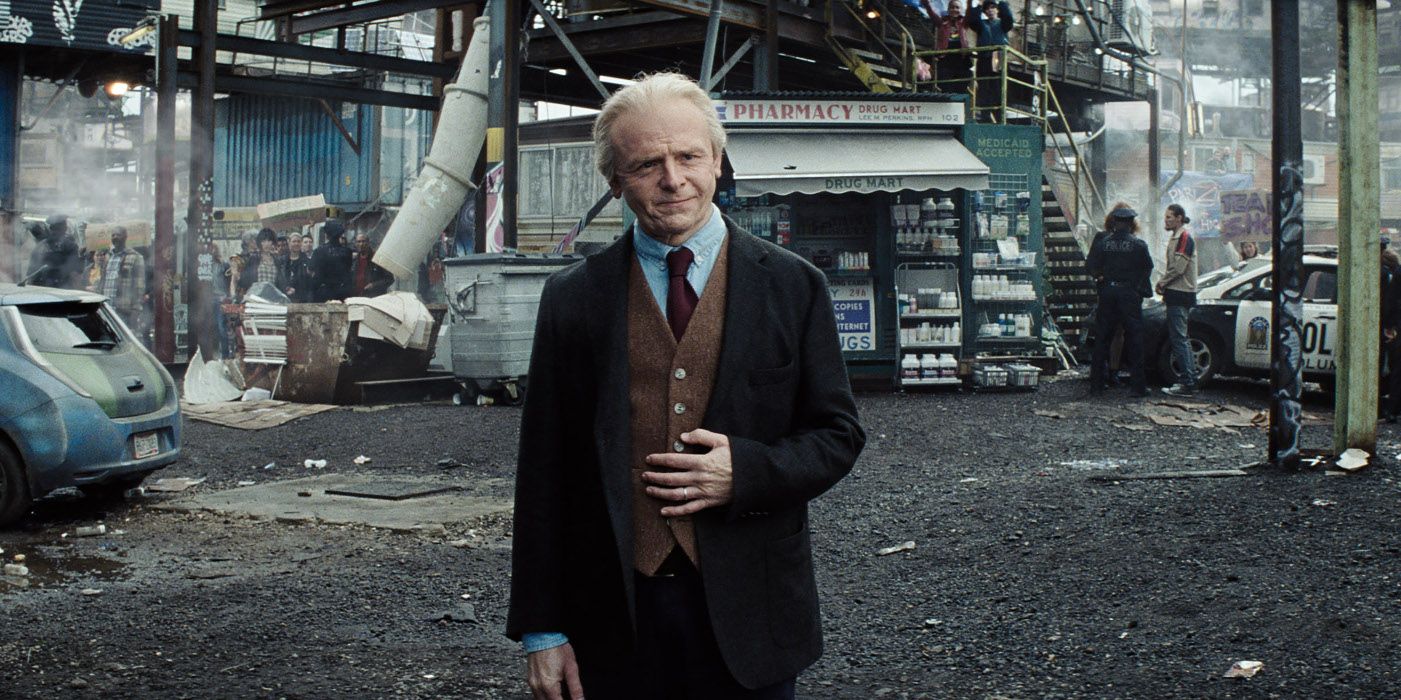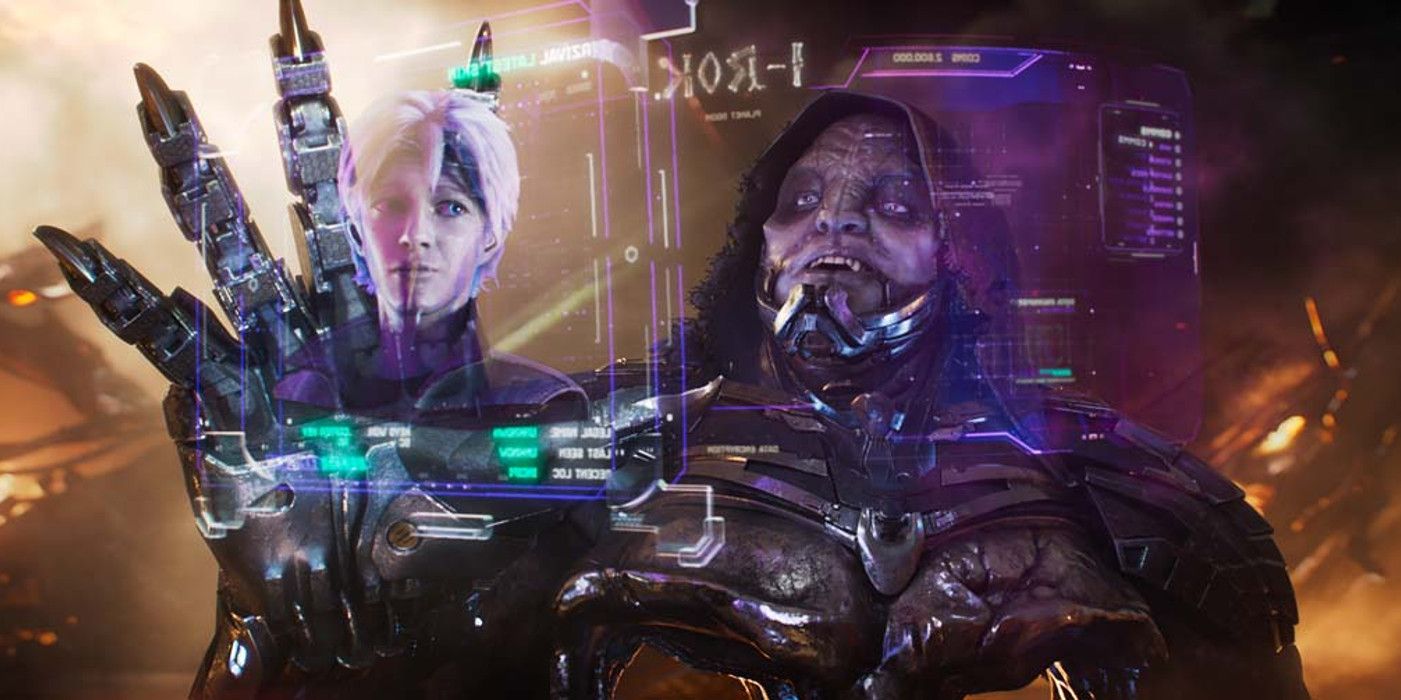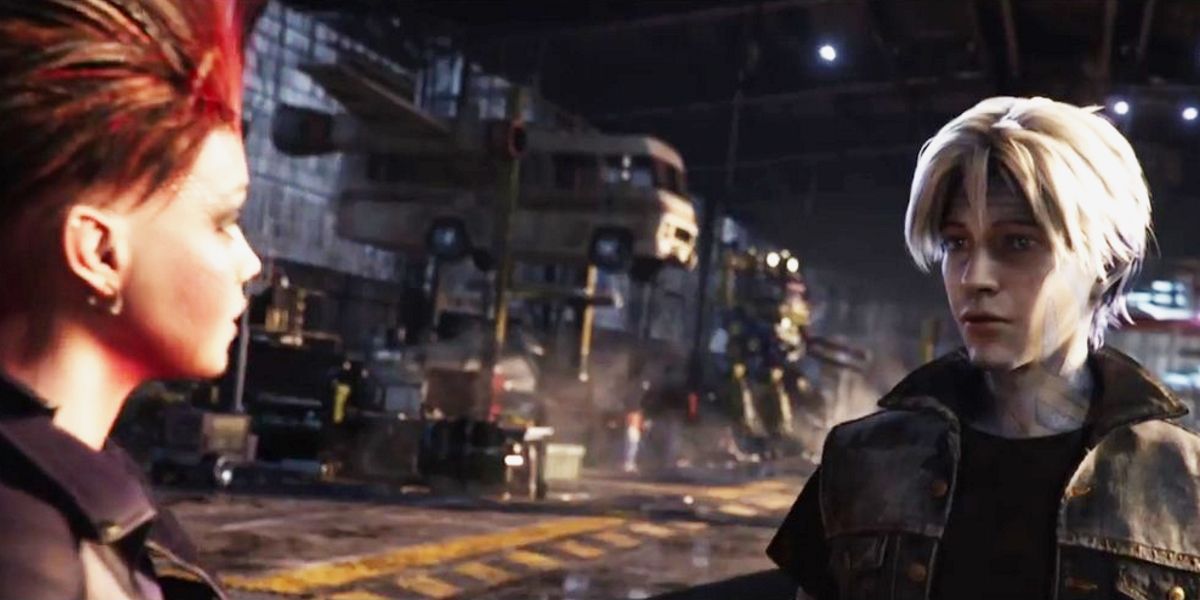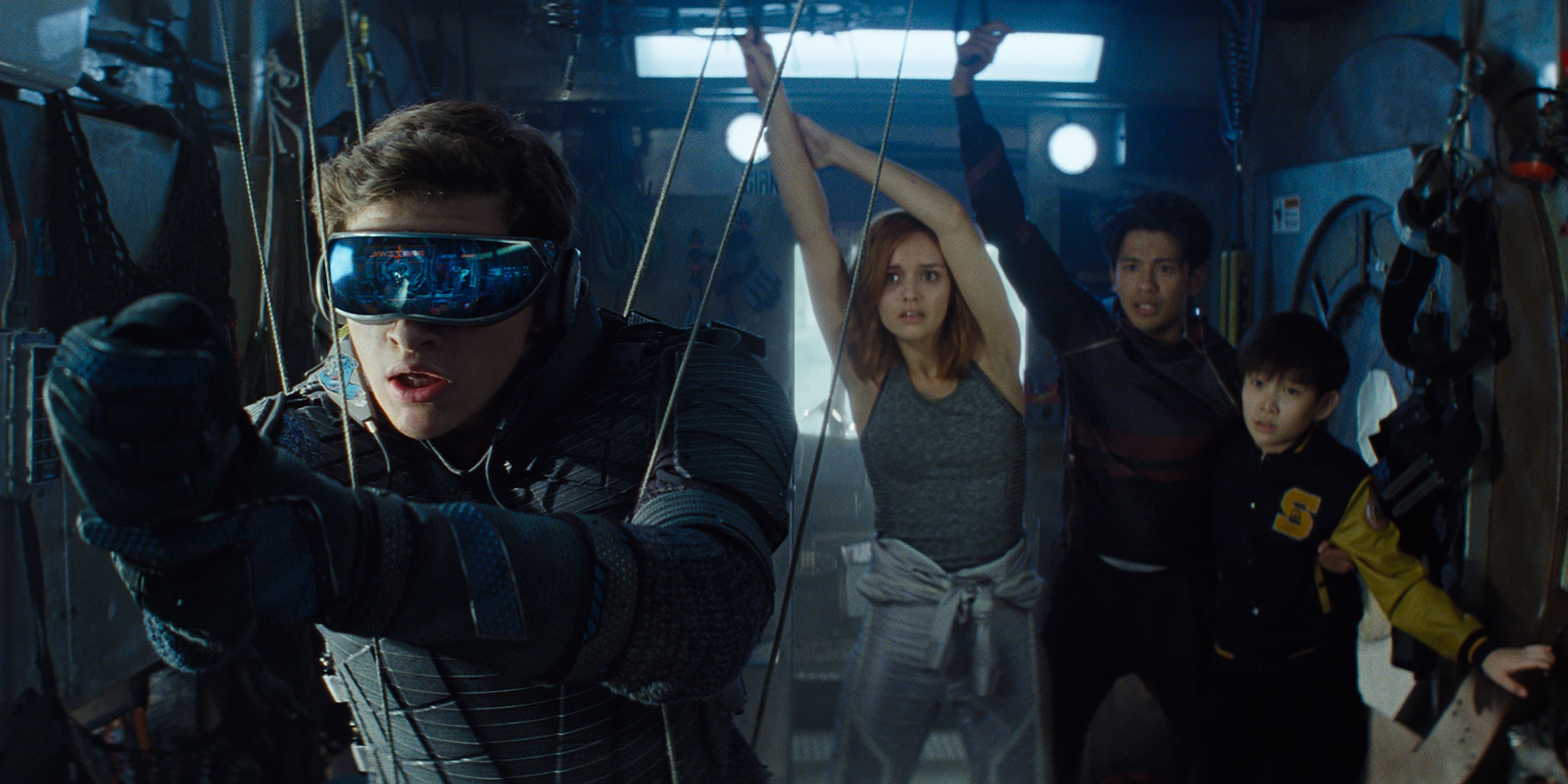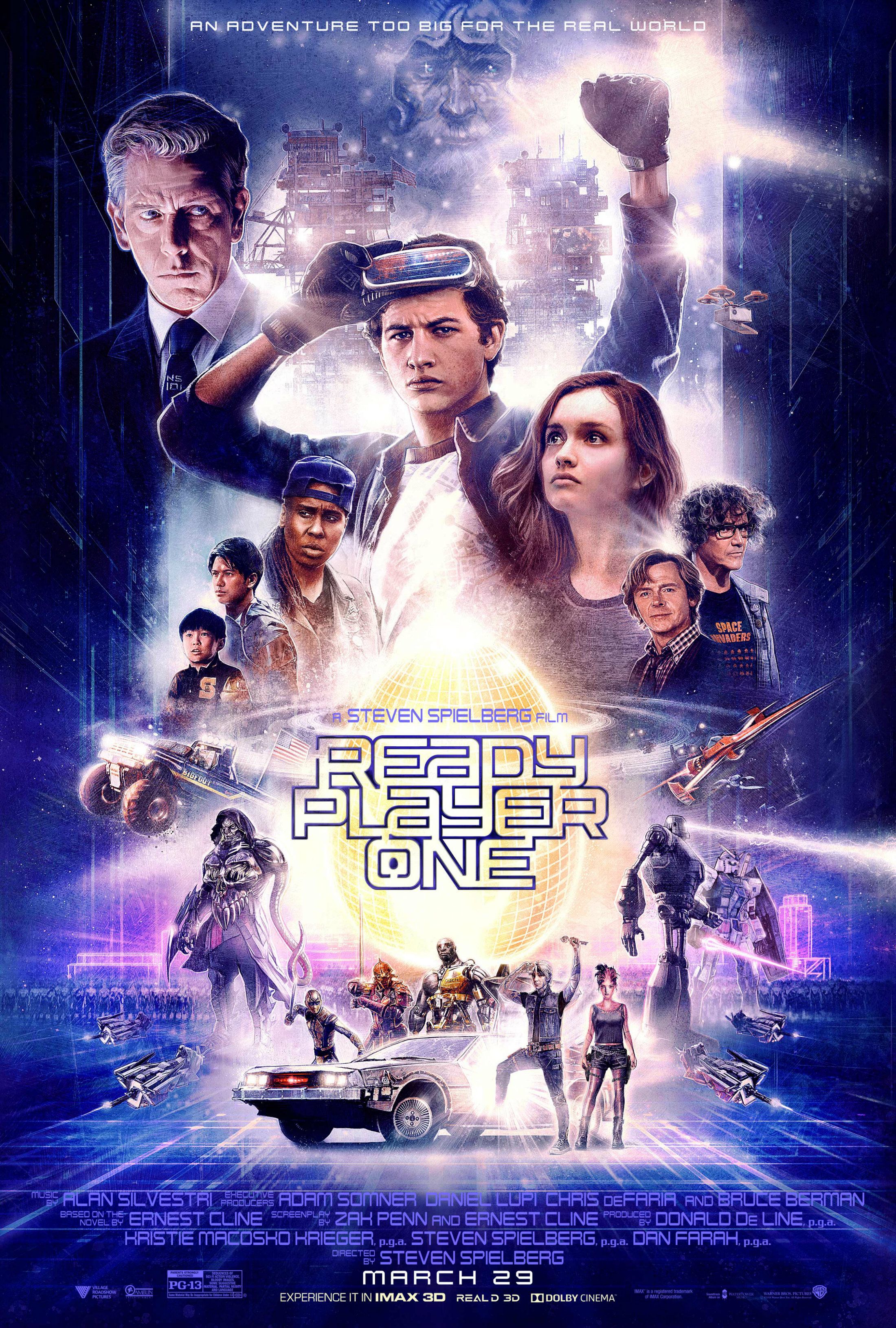Steven Spielberg's film adaptation of Ernest Cline's Ready Player One was bound to be full of changes. Given all of the rights clearances that would be needed to feature the book's many, many pop culture references, fans were fully aware that some things would be cut by necessity. The film does indeed feature a very different pop culture landscape, but there were some major changes to the storyline, too.Spielberg seems to have modernized Cline's nostalgic adventure in every way. The plot is more progressive and inclusive. The infamous Easter Egg quest has been drastically simplified. And the highly anticipated pop culture references have been updated to appeal to a modern audience.Related: Ready Player One Scores $17 Million FridayOverall, Spielberg seems to have been aiming for an accessible story that anyone can enjoy and understand. Each change makes sense in context with real-world constraints like budgets and content ratings. The film places an emphasis on positivity, choosing to forego heavier topics in favor of the quirky friendship stories that helped Spielberg rise to success. Here's our breakdown of the biggest changes between the Ready Player One novel, and the movie.This Page: Wade and the Contest
Wade Is Way Different In The Film
In the movie, Wade Watts is already right in the thick of the contest from the beginning of the film. He has earned enough money to have his beloved Delorean, and has decent armor and weapons. In the book, Wade has to start from the ground up. He is disadvantaged in the search for Halliday's keys because he can't afford to actually go looking for them. The film portrays Wade as being poor (he lives in the Stacks and hides out in a junkyard to sign onto the OASIS) but he seems to have more resources at his haptic-gloved fingertips than he does in the book. When we first see Wade enter the OASIS, he jumps on a treadmill and starts wandering about the virtual world. Book Wade would have to spend time on a modified exercise bike generating his own electricity before being able to plug in.
After finding himself suddenly famous, book Wade leverages his notoriety into financial gain. He becomes a spokesman, peddling virtual items in the OASIS. It's this, and not letting his identity slip at the nightclub, that leads to IOI finding him in the real world. IOI does blow up the Stacks after they discover Wade's identity, but then things get ... dark.
In the book, Wade goes into hiding and cuts himself off from the world outside. He assumes a new name and walls himself in a new apartment, spending all of his time in the OASIS. He never goes outside, has everything delivered, is deeply depressed, and orders virtual prostitutes. Parzival even falls out of touch with Aech for awhile. Though it makes for an interesting read, cutting this may have been the right call given the film's PG-13 rating.
Related: Ready Player One Early Reactions: Spielberg's Latest Is A Lot Of Fun
The Contest Is Much Simpler In The Film
Nearly all of the quests for the Copper, Jade, and Silver keys have been changed in the film. The three Gates have also seen drastic changes. The film begins with an epic race that forces the players to dodge King Kong and a T-Rex. After finally gaining the first key, Wade immediately uses it to unlock the next clue. In the book, Wade had to beat Dungeon & Dragon's Acererak in the Tomb of Horrors in a game of Joust to gain the Copper key. He then had to reenact Matthew Broderick's role in WarGames to open the first gate.
The second gate and key saw major changes, as well. Stanley Kubrick's controversial adaptation of Stephen King's The Shining plays no part in this challenge in the book version. Instead, Art3mis (who still beats Wade to the second key in the book) must complete the text-based game Zork to receive the Jade key. Wade then passes a Blade Runner replicant test and completes the arcade game Black Tiger to open the second gate. In the film, the High Five navigate the Overlook Hotel and Art3mis asks Halliday's crush, Kira, to dance.
The third challenge is closest to the film. Wade does need to find the Adventure Easter Egg in Halliday's castle - but not before returning an epic guitar to its altar by playing the right Rush song to retrieve the Crystal key. The third gate was opened by beating Halliday's high score in Tempest, reenacting Monty Python and the Holy Grail, and bringing along two other Crystal key holders. It took three people to open the third gate in the book.
Ogden Played A Larger Role In The Book
In the film, Ogden Morrow doesn't really show up until the very end - strolling into Wade's life with an army of high-powered lawyers. And, of course, there was the surprise reveal that Ogden had been the curator of Halliday's virtual journal. Though he was responsible for giving Wade the extra life that helped him win the contest, he played a minor role in the film.
The book version of Ogden was much more involved in the contest. His wizard-like avatar was actually the one who saved the day when IOI attacked Wade and Art3mis at the nightclub ... which was justifiable considering they had just stormed his birthday party. Wade's time-turning Rubik's cube was not a thing in the book. Ogden later came in contact with the High Five and offered them protection in his Oregon home during the final stretch of the contest.
Related: Ready Player One Theory: Halliday Is George Lucas
Halliday's journal was an actual book in the book version of Ready Player One. There was no virtual journal, completely eliminating the curator version of Ogden from Cline's story. Instead, Wade plays a perfect game of Pac-Man on the planet Archaide to earn his extra life.
The Film Introduced More Villains (And More Women)
I-R0ck does exist in the book, but in a much smaller role. He is introduced as an acquaintance of Aech and Parzival who tries, unsuccessfully, to blackmail them into revealing the location of the Copper key. T.J. Miller's film version of the character is much more involved in IOI's attempts to locate Wade, and was also responsible for providing Nolan Sorrento with the force field in the end of the film. This is another slight difference from the book, which saw the force field go up partway through the final challenge, not before.
The events surrounding IOI are quite different in the film, but in a rather positive way. The Sixers and their quest to find the keys remains the same, but the women of the film are given much more agency when it comes to IOI. Female workers are shown prominently researching the possible locations for Halliday's keys, not to mention the inclusion of the ruthless F'nale Zandor, who does not exist in the book. Samantha is never imprisoned in a Loyalty Center in the book; instead, Wade used his assumed identity to get arrested, in order to hack IOI from the inside. The film gives Samantha more to do, having her hack Nolan's rig to learn how to stop the force field, and taking out the Sixers while disguised as one.
In the Book, Everything Took Place In The OASIS
The film doesn't really go into detail about how people live when they aren't plugged into the OASIS. It's implied that they spend the majority of their time in the virtual world, but no specifics are given. Either way, we know humanity's dependence on the simulations was bad enough to prompt Wade to shut it down twice a week.
In the book, it's made painfully clear that people almost never log off. Businesses are run entirely online. Children attend school in the virtual world. In fact, the first key is located on Wade's school planet in the book - which was convenient, given that he couldn't afford to travel to any other planet. The book version of the OASIS kept the poor segregated by nature of its expensive transit system. Rather than having a garage workshop, Aech hosts low-key hangouts in a basement-like chatroom. Even the simplest of tasks took place in the OASIS in the book world.
Perhaps it's society's crippling dependence on the book version of the OASIS that led to the film's biggest departure. In Speilberg's adaptation, Wade sees the value of the real world and turns the OASIS off twice a week. This would have been impossible in the book, given how much of everyday life had transitioned online. Instead, he leaves the option open to shut everything down should things ever get too out of hand.
The High Five Saw Some Major Changes
Spielberg's High Five heavily focus on friendship and teamwork. The Gunters were much more competitive in the book, and didn't team up out of a sense of companionship. It isn't until the very end that the High Five finally join forces. Instead, they are broken up into three teams: Daito and Shoto (who were rivals of H and Wade at first), Aech and Parzival (who often hunt separately), and Art3mis as the lone wolf. The film brings these Gunters together much quicker.
Similarly, Wade and Samantha never met face-to-face until after the contest had ended. Wade had attempted to ask Samantha out on a date, only to be shot down and eventually blocked as she tried to focus on finding the keys. The film version sees Samantha take the lead, having her invite Wade to the nightclub and initiating their first real-life meeting far earlier.
Related: Who's In Ready Player One's Amazing Cast?
The characters' true identities in the film are just as surprising as they are in the book (Samantha has her birthmark, Aech is a black woman), but in the book, the characters put a heavy emphasis on how their avatars give them a sense of power and equal opportunity in the OASIS. They rely on the sexism of others (Wade assumes Aech is a man) to get by. This is never mentioned in the film. In fact, the surprise of the true identities behind the avatars is largely played for laughs.
The biggest departure in the film lies with Daito, who is murdered in the book (in real life, not the OASIS). IOI was super evil, actually killing the players who got close to winning, and they had plans to murder the rest of the High Five as well. Obviously, this means Daito's Gundam fight against MechaGodzilla never happened in the book. Instead, Wade became Ultraman in order to get past his fight with Nolan. Daito was not actually related to Shoto (the name of Sho in the book), but the two were close friends.
All in all, Spielberg's changes took a young adult novel and made it much more kid-friendly. The film removed some of the darker elements of the story, simplified the convoluted contest challenges, and provided a more gender-neutral plot. Along with the more progressive storyline, Spielberg seems to have capitalized on the current nostalgia market, relying on recently revitalized franchises like Stephen King's current wave of remakes and King Kong and Jurassic Park to spark the interest of younger moviegoers.
More: Ready Player One: EVERY Easter Egg & Cameo You Missed

